Filter by
You must be a CTBUH Member to view this resource.
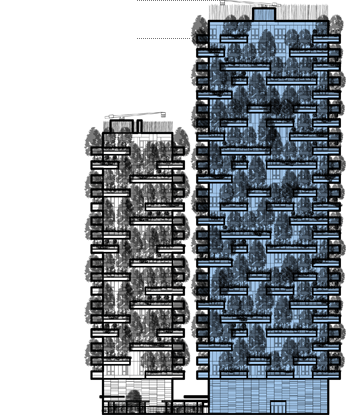
Bosco Verticale Torre E
Vertical Forest
Building
Completed
2014
Residential
All-Concrete
LEED Gold
115.9 m / 380 ft
27
3
71
148
3
2 m/s
18,717 m² / 201,468 ft²
You must be a CTBUH Member to view this resource.
You must be a CTBUH Member to view this resource.
Proposed
Construction Start
Completed
Usually involved in the front end design, with a "typical" condition being that of a leadership role through either Schematic Design or Design Development, and then a monitoring role through the CD and CA phases.
The Design Engineer is usually involved in the front end design, typically taking the leadership role in the Schematic Design and Design Development, and then a monitoring role through the CD and CA phases.
The Design Engineer is usually involved in the front end design, typically taking the leadership role in the Schematic Design and Design Development, and then a monitoring role through the CD and CA phases.
The CTBUH lists a project manager when a specific firm has been commissioned to oversee this aspect of a tall building’s design/construction. When the project management efforts are handled by the developer, main contract, or architect, this field will be omitted.
Other Consultant refers to other organizations which provided significant consultation services for a building project (e.g. wind consultants, environmental consultants, fire and life safety consultants, etc).
You must be a CTBUH Member to view this resource.
Usually involved in the front end design, with a "typical" condition being that of a leadership role through either Schematic Design or Design Development, and then a monitoring role through the CD and CA phases.
Usually takes on the balance of the architectural effort not executed by the "Design Architect," typically responsible for the construction documents, conforming to local codes, etc. May often be referred to as "Executive," "Associate," or "Local" Architect, however, for consistency CTBUH uses the term "Architect of Record" exclusively.
The Design Engineer is usually involved in the front end design, typically taking the leadership role in the Schematic Design and Design Development, and then a monitoring role through the CD and CA phases.
The Design Engineer is usually involved in the front end design, typically taking the leadership role in the Schematic Design and Design Development, and then a monitoring role through the CD and CA phases.
The CTBUH lists a project manager when a specific firm has been commissioned to oversee this aspect of a tall building’s design/construction. When the project management efforts are handled by the developer, main contract, or architect, this field will be omitted.
The main contractor is the supervisory contractor of all construction work on a project, management of sub-contractors and vendors, etc. May be referred to as "Construction Manager," however, for consistency CTBUH uses the term "Main Contractor" exclusively.
Other Consultant refers to other organizations which provided significant consultation services for a building project (e.g. wind consultants, environmental consultants, fire and life safety consultants, etc).
2015 CTBUH Awards
2015 CTBUH Awards
1 February 2018 - Event
17 June 2016 - CTBUH Research
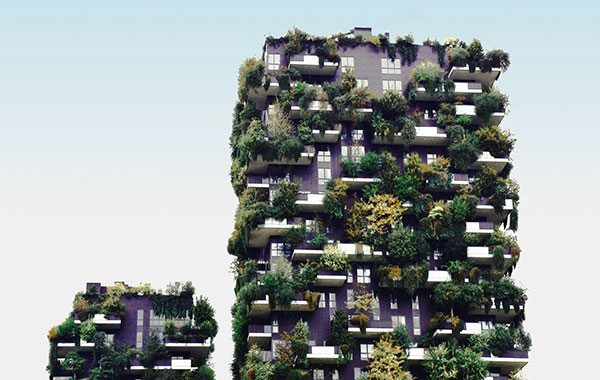
03 April 2018 | Milan
Devised by Boeri Studio and co-developed and managed by COIMA, Bosco Verticale represents an urbanistic and architectural challenge through a new integrated concept of sustainability....
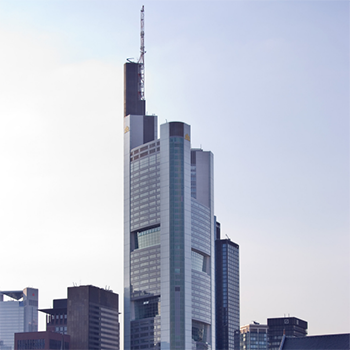
01 July 2018
Mohamed Imam & Branko Kolarevic, University of Calgary
Rapid urbanization, resource depletion, and limited land are further increasing the need for skyscrapers in city centers; therefore, it is imperative to enhance tall building...
Bosco Verticale, literally “Vertical Forest,” is one of the most intensive living green façades ever realized. It utilizes an architectural concept that replaces traditional cladding materials with screens of vegetation creating a distinct microclimate that works to improve the sustainability of the structure. This type of design creates an urban ecosystem that encourages interaction between the flora, fauna, and the apartments’ residents. The tower is home to 480 big and medium size trees, 250 small size trees, 11,000 groundcover plants and 5,000 shrubs, which is equivalent to an entire hectare of forest cover.
Along with creating a beautiful façade, the incorporation of vegetation into the structure adds a number of sustainable design elements. The foliage acts to improve air quality by filtering out dust and sequestering carbon, while also mitigating the urban heat island effect and reducing noise pollution. As a whole, the living green façade concurrently stimulates interaction with the surrounding environment while also protecting against it.
2015 CTBUH Awards
2015 CTBUH Awards

03 April 2018 | Milan
Devised by Boeri Studio and co-developed and managed by COIMA, Bosco Verticale represents an urbanistic and architectural challenge through a new integrated concept of sustainability....
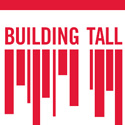
28 March 2018 | Milan
Thursday, February 1, 2018. Chicago, United States of America. The Council on Tall Buildings and Urban Habitat (CTBUH) and the Chicago Architecture Foundation (CAF) held...
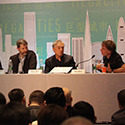
18 October 2016 | Milan
October 18, 2016. Shenzhen, China.Carol Willis, The Skyscraper Musuem; Chao (Ivan) Wan, Tencent Holdings Limited; Jonathan Ward, NBBJ; Stefano Boeri, Stefano Boeri Architetti; Winy Maas,...
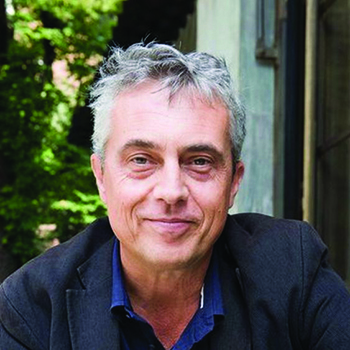
18 October 2016 | Milan
Stefano Boeri of Stefano Boeri Architetti is interviewed by Chris Bentley during the 2016 CTBUH China Conference. Stefano discusses the development of Bosco Verticale and...
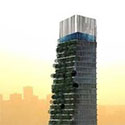
18 October 2016 | Milan
Shijiazhuang, the capital of the Hebei province in northeastern China, is a metropolis of three million people. It forms part of the immense developing megalopolis...
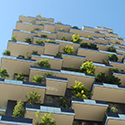
22 December 2015 | Milan
An in depth look at the Bosco Verticale, as viewed from a drone, produced by www.droniair.it. Bosco Verticale, located in Milan, was the 2015 winner...
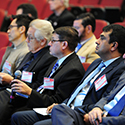
12 November 2015 | Milan
Yoram Eilon, Seinor Vice President, WSP | Parsons Brinckerhoff, Kenneth Lewis, Managing Partner, Skidmore, Owings & Merrill, Hin Kong Poon, Deputy Chief Development Officer, CapitaLand...
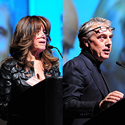
12 November 2015 | Milan
Alida Forte Catella, Founder and CEO, COIMA, and Stefano Boeri, Founder and Senior Architect, Boeri Studio, speak at the 14th Annual Best Tall Building Symposium...

12 November 2015 | Milan
Alida Forte Catella, Founder and CEO, COIMA, & Stefano Boeri, Founder and Senior Architect, Boeri Studio, are interviewed by Chris Bentley regarding Bosco Verticale, Milan,...
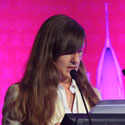
18 September 2014 | Milan
The possibility of creating green surfaces over the structures is an opportunity which is seen with increasing interest by planners and investors, due to the...

01 July 2018
Mohamed Imam & Branko Kolarevic, University of Calgary
Rapid urbanization, resource depletion, and limited land are further increasing the need for skyscrapers in city centers; therefore, it is imperative to enhance tall building...
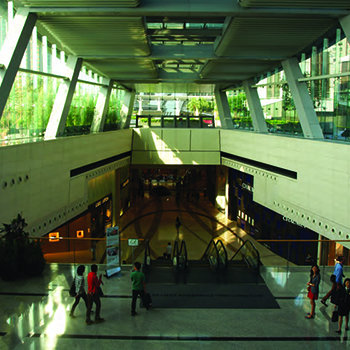
17 October 2016
Swinal Samant, National University of Singapore
The rise in sustainable skyscrapers and large-scale mixed-use buildings has seen the proliferation of atria and sky-courts worldwide due to their ability to simultaneously contribute...
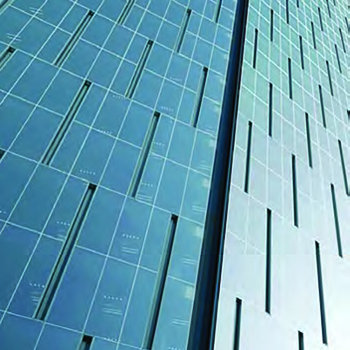
17 October 2016
Rudi Scheuermann, Arup
Dense urban city environments consist of an agglomeration of tall buildings. The resilience of cities as a whole depends, among other components, on the resilience...
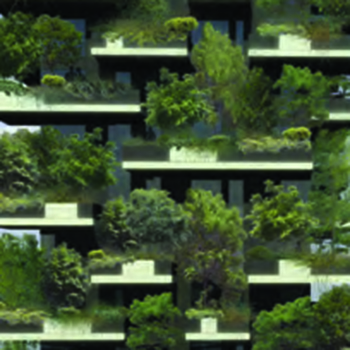
17 October 2016
Stefano Boeri, Stefano Boeri Architects
Shijiazhuang, the capital of the Hebei province in northeastern China, is a metropolis of three million people. It forms part of the immense developing megalopolis...
Eleonora_Lucchese.jpg)
01 February 2015
Elena Giacomello, Università Iuav di Venezia
The Bosco Verticale “vertical forest” in Milan, Italy, takes the definition of “green skyscraper” to a new level, deploying more than 13,000 plants across 90+...
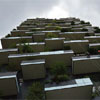
16 September 2014
Elena Giacomello, Iuav University of Venice
The possibility of creating green surfaces over the structures is an opportunity which is seen with increasing interest by planners and investors, due to the...
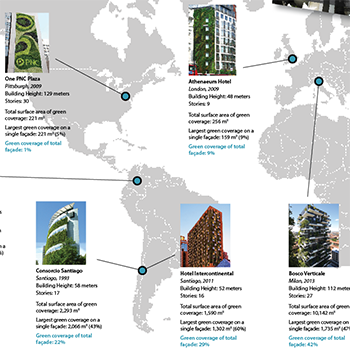
16 September 2014
CTBUH Research
The latest CTBUH technical guide, Green Walls in High-Rise Buildings, provides a thorough investigation of the methods used around the world for implementation of vertical...
1 February 2018
The Chicago Architecture Foundation (CAF) and CTBUH hosted a panel discussion on the movement to incorporate green features into tall buildings.
17 June 2016
The Vertical Greenery research report on the high-rise vegetation of Bosco Verticale is now available to download for free.
21 December 2015
An event was held in Milan to celebrate Bosco Verticale receiving the “2015 Best Tall Building Europe” and the “2015 Best Tall Building Worldwide.”
30 June 2015
The American Society of Civil Engineers reviews the CTBUH report on vertical greenery sponsored by Arup. Executive Director Antony Wood is interviewed on the report.
Subscribe below to receive periodic updates from CTBUH on the latest Tall Building and Urban news and CTBUH initiatives, including our monthly newsletter. Fields with a red asterisk (*) next to them are required.
View our privacy policy